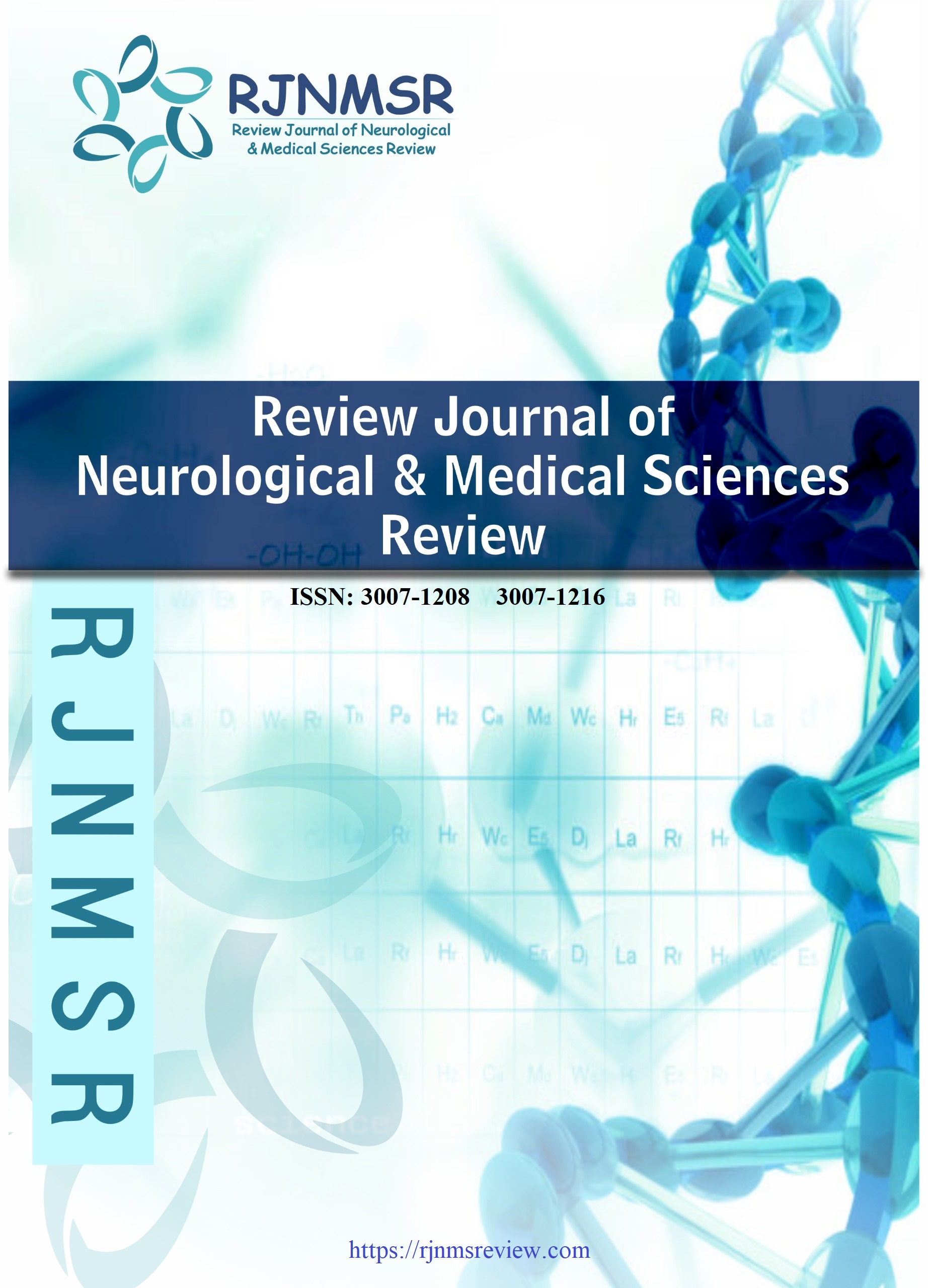Prevalence and Types of Abnormal Findings in Routine Urinalysis: A Retrospective Study from a Pathology Laboratory in Abbottabad
DOI:
https://doi.org/10.62019/zzcbdy67Abstract
Urinalysis is a widely used, non-invasive diagnostic tool that plays a vital role in identifying various health conditions, including urinary tract infections, diabetes, and kidney disorders. Despite its routine use, the prevalence and patterns of abnormal findings in urine tests remain underreported in many local clinical settings. This study aimed to evaluate the prevalence and types of abnormalities found in routine urine examination (R/E) tests conducted in a private pathology laboratory in Abbottabad, Pakistan, and to explore their diagnostic relevance across different age and gender groups. A prospective study was conducted over a four-month period (March–June 2024) in a pathology laboratory near District Headquarters Hospital, Abbottabad. A total of 5400 urine samples were analyzed using standard urine dipsticks and microscopic examination. Data were recorded using a structured proforma, which included patient demographics, clinical history, and test results. Out of 5400 samples, abnormal findings were observed in 26.8% of cases. Females constituted 63.3% of the study population, with pregnant women accounting for 5.4%. Among these, 9.2% were found to have urinary tract infections. The most common abnormalities included dark urine (12.7%), proteinuria (16.2%), pyuria (18.6%), and hematuria (12.5%). Less frequent findings were glycosuria (5.3%), ketonuria (2.6%), and bilirubinuria (0.03%). This study highlights the significant diagnostic value of routine urine analysis in detecting a range of health issues. The findings underscore the importance of standardized testing protocols and regular screening, particularly among females and pregnant women, to support early diagnosis and effective patient management.
Keywords: Urinalysis, Routine Examination, Urinary Tract Infection, Proteinuria, Pathology Laboratory

